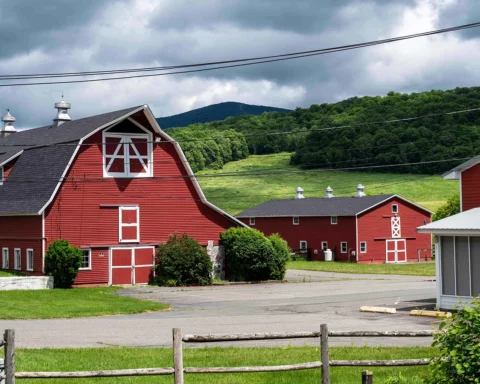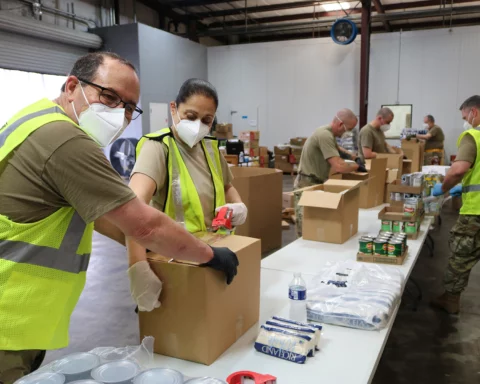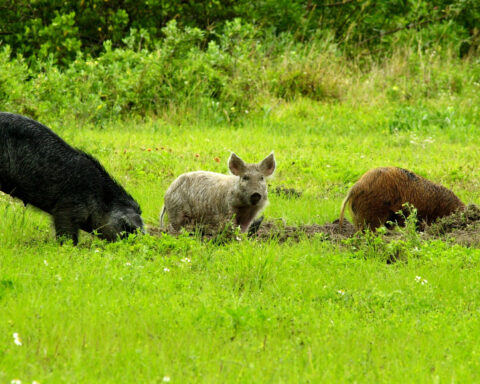Editor’s Note: The following article is derived from officially released information, published with few or no editorial changes. The Greylock Glass occasionally provides our readers with such content if the information is factual in nature, and requires little to no interpretation or analysis, often when original reportage would provide little to no additional relevant information.
FITCHBURG — The Massachusetts Department of Agricultural Resources (MDAR) announced today that a small population of the invasive spotted lanternfly has been found in the City of Fitchburg, close to where a lanternfly nymph was reported earlier this summer. Agricultural inspectors are in the middle of performing extensive surveys in the area, but currently the infestation is limited to a single cluster of three trees. While MDAR has not been able to determine the origin of the infestation, spotted lanternflies have been known to travel out of infested states on cars, trucks, and trains, during shipments of produce, sheds, and gazebos, trees and shrubs for landscaping, and many other items that are regularly sent from states with known infestations.
As a result of this new find, MDAR is urging the public to be on the lookout for the pest, especially residents that live or work in the Fitchburg area. Spotted lanternflies may be found on sides of buildings, in or on vehicles, and on their preferred host plants: tree of heaven, grape vines, and maple and walnut trees. Anyone who has recently received goods or materials from states where SLF is known to have been introduced (including Connecticut, Delaware, Indiana, Maryland, New Jersey, New York, Ohio, Pennsylvania, Virginia, and West Virginia) should also be on the lookout.
“The spotted lanternfly can have devastating impacts on Massachusetts’ agricultural industry, including on a number of farms and orchards in this part of the state that we want to protect from this pest,” said MDAR Commissioner John Lebeaux. “Early detection and reporting is the best way to slow the spread of spotted lanternfly. Members of the public, particularly those in the Fitchburg area, have seen this pest, they are asked to report it as soon as possible.”
If residents find anything suspicious, they are asked to take a photo or collect the specimen, and report the sighting using MDAR’s online reporting form. Residents should look for both adult insects (large, gray bugs, about one inch long, with black spots and red underwings) and egg masses (inch-long, rectangular masses, yellowish-brown, and covered with a gray waxy coating). The egg masses may be found on any flat surface.

Spotted lanternfly (Lycorma delicatula, “SLF”) is an invasive sap-feeding insect from Asia that was first found in the United States in 2014 in Pennsylvania. While the main host plant of this pest is tree-of-heaven (Ailanthus altissima), spotted lanternfly attacks many different trees, shrubs, and vines, and has the potential to impact a broad range of agricultural commodities, including apples, peaches, grapes/wine, hops/beer, maple syrup, and ornamental plants. While individual spotted lanternflies have been found in several different parts of the state over the past several years, this is the first evidence that Massachusetts has a breeding population. A current map showing towns and cities where SLF has been found can be downloaded from https://massnrc.org/pests/slf.
UMass Extension Agriculture & Commercial Horticulture Program
This webinar privides a brief discussion of the biology, host plants, and identification of the spotted lanternfly followed by updates on currennt work on trapping for spotted lanternfly in locations in Massachusetts and Connecticut and testing newly developed lures monitoring for SLF .
For even more detailed information on the Spotted Lanternfly from the University of Massachusetts Amherst, please visit this article.











You must be logged in to post a comment.